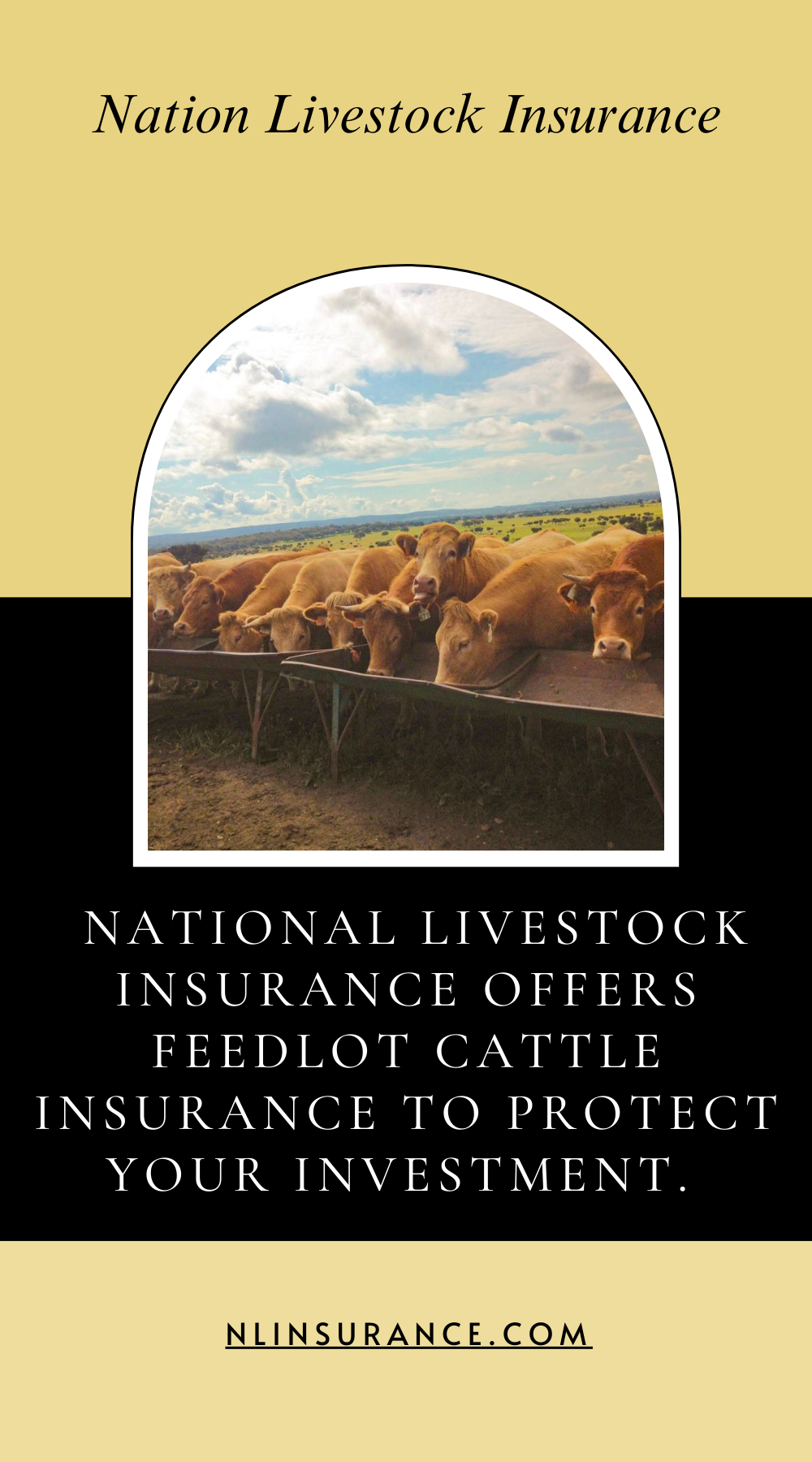Friona is home to one of the largest feedlots in Texas. Friona Industries’ yard can hold around seventy‑six thousand cattle, with teams of nearly fifty staff managing daily rotations and monitoring herd heal. With that scale, even one lost head matters. That is why feedlot cattle insurance from National Livestock Insurance is built for Friona. It provides protection based on a valuation schedule when cattle die from specific causes. Vet bills or medical treatments are not covered, but cattle mortality caused by fire, lightning, windstorm, flood, drowning, building collapse, vandalism, theft, or even smothering during a blizzard. Options extend coverage further to include hypothermia, contaminated feed or water, and the cost to remove carcasses.
Friona sits at approximately four thousand feet elevation with a northern plains semi-arid climate. Summers peak in July and August, often reaching ninety to ninety one degrees while humidity still creeps in by August . Heat stress is a real threat in open pens without shade or sprinklers. On the flip side early winter rains can trigger flash floods that overwhelm low areas in feedlots, drowning cattle trapped in saturated pens.
Storm season runs from April through July with thunderstorms, lightning and straight line winds ranging from fifteen to twenty miles per hour gusting higher. Lightning strikes near metal feeders or barn frames can fatally shock cattle while a fire burns nearby hay. Heavy wind events can collapse structures or feeders falling on livestock and fence lines.
Friona sees snow from December through March, averaging about five inches yearly. But Panhandle drift conditions can pile snow into pens, smothering penned cattle in sudden storms. These risks combine to make mortality coverage based on specific perils essential.
Instead of a flat payout per head your policy follows a valuation schedule that reflects cattle market rates. If a ten hundred pound steer dies from a covered peril, you get payment aligned with today’s going rate. This provides clarity when pen mortality events happen and helps with restocking costs.
Fire and lightning are significant risks during spring and summer storms. A stray bolt striking a shed or feeder can lead to immediate cattle loss. With the right policy coverage you receive compensation based on valuation.
Windstorm events may collapse barns or fences. If cattle die under fallen structures coverage kicks in. Flooding from heavy rainfall fills pens quickly; cattle drown before staff can respond. That loss is paid under flood or drowning coverage. When winters hit with snow your pens might drift deep; cattle can suffocate. That sort of loss is covered under smothering provisions.
Theft or vandalism can impact remote feedlot fences. Pens cut or cattle lost through vandalism are included in coverage. Building collapse from weakened roofs or structural failure during storms is another covered cause.

.png)
Hypothermia protection covers cattle that die from sudden cold snaps even without visible snow. Contaminated feed or water covers losses from algae, toxins, or spoiled fodder eaten after storms or irrigation leaks. Carcass removal helps manage disposal costs after mortality events.
Picture an April day under defined skies when a hailstorm arrives. Lightning hits a hay feeder; several cattle perish. Your policy provides fair compensation and you may add carcass removal for cleanup.
In June swift rainfall floods a low pen; cattle drown before the crew arrives. Insurance pays out based on valuation and covers removal.
Come December a blizzard drifts snow into pens and suffocates penned cattle. That sudden smothering loss is paid.
Late May or early June another thunderstorm brings hail big enough to damage fences allowing cattle to wander off. Theft coverage protects you.
Covering your cattle does not excuse poor feedlot practices. Proper fencing, drainage, shade, clean water systems and barn maintenance are essential. For cattle to qualify, the loss must be from a covered peril not neglect. Keeping water troughs drained and cleaned after storms, inspecting pen walls, repairing damaged feeders and removing snow from pens all support coverage.
Transport also carries risk. If cattle die during transit from natural causes like weather exposure and proper transport care was used then coverage applies. But neglectful handling could void a claim.
When loss occurs, call your agent and document the scene with photos, vet or field statements and weather data. Adjusters familiar with Panhandle feedlots assess damage by comparing inventory to the valuation schedule. Losses from optional riders like hypothermia or contamination are also considered. Carcass removal is added if selected. The Hartford’s A+ rating makes sure payments are prompt even during major storms.
Friona feeds thousands, but smaller family lots in Sandia, Bovina or surrounding rural lots rely on similar protection. You choose your valuation schedule, select rider options and scale coverage as herd size changes. As your yard grows, adjust the policy, new cattle values, new perils per season.
National Livestock Insurance has focused on livestock only since 1972. Our Amarillo agents monitor wind and heat trends, windstorm risk alerts, sileage from Sandia ponds, irrigation return flows into low pens, and even cattle transport patterns. When weather looks threatening we send reminders and a checklist. We help plan for seasonal risk rather than rely on claims alone.
Friona’s feedlot scene is vast. Cattle, pens, feed, water and weather all combine in a web of risk. Feedlot cattle insurance from National Livestock Insurance lets you protect herd value through valuation based mortality coverage when cattle die from named perils such as fire lightning windstorm flood drowning building collapse smothering in snow theft or vandalism. Optional coverage handles cold stress heat extremes, contamination events and disposal costs. With strong management practices your feedlot stays running even through storms. Payment timelines are fast and backed by The Hartford. If you run cattle in Friona or nearby our team can help you evaluate your risk, walk your yards and build a plan for resilience.
Call or email us in Amarillo today so your operation in Friona stays protected. Your herd is your livelihood and it deserves coverage designed for Panhandle realities.